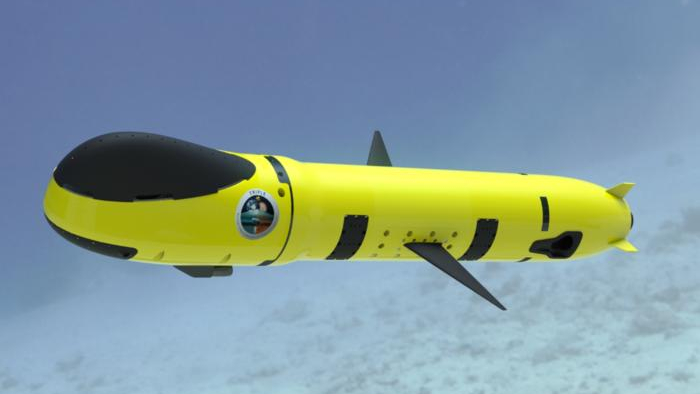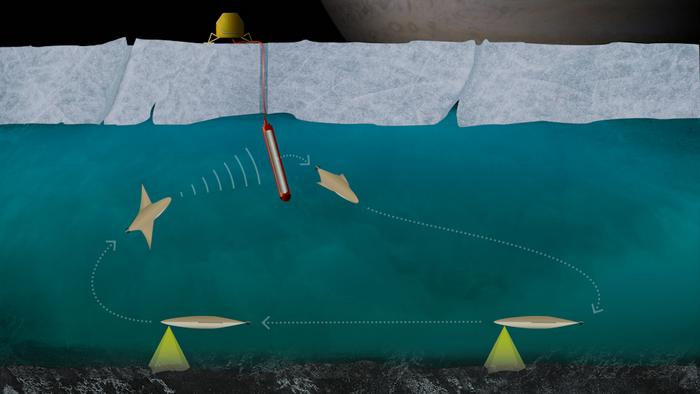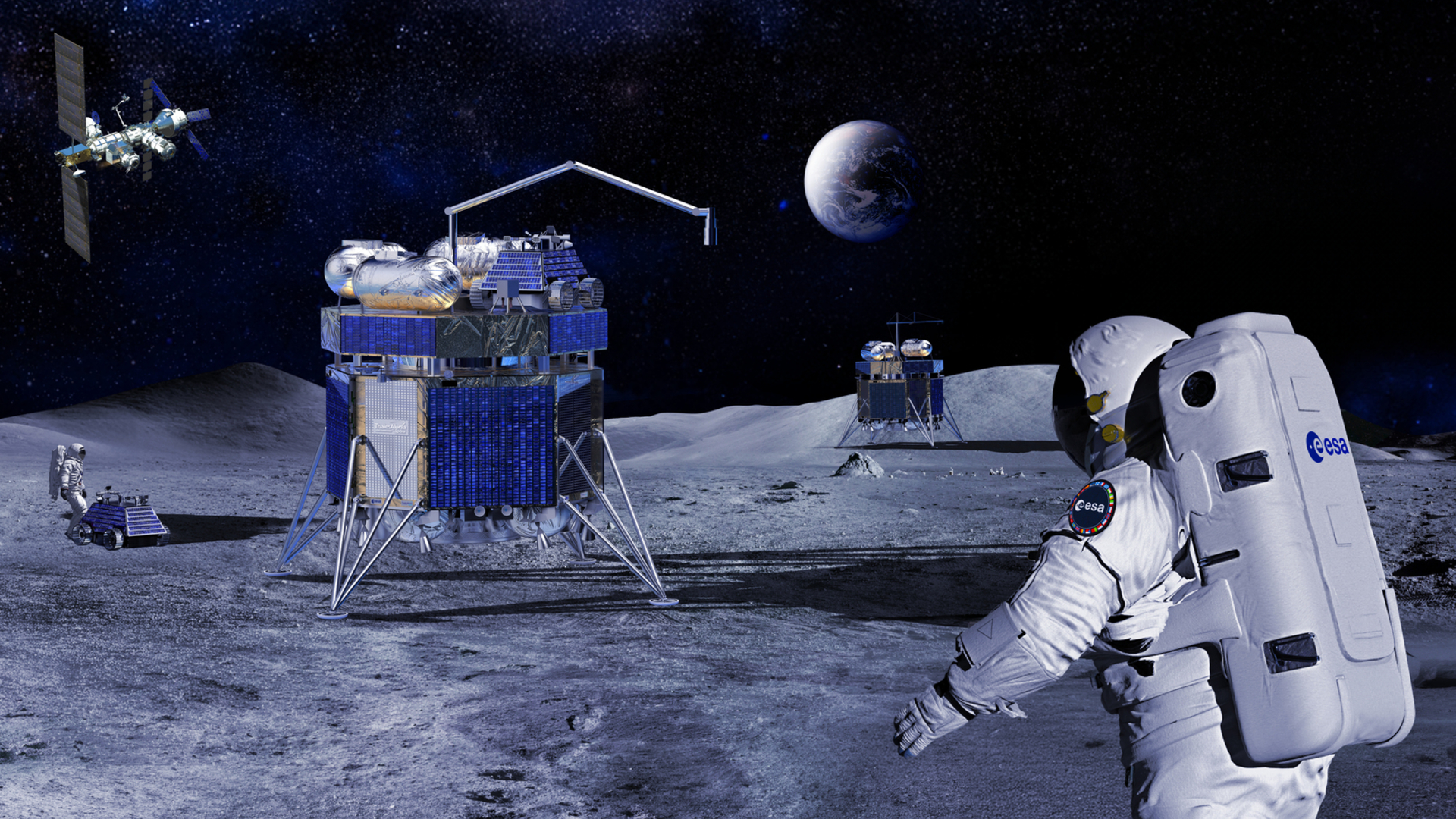Next stop, Europa? Nano subs to get test beneath Antarctic ice in 2026
The German project aims to explore beneath Earthly ice as a test for space exploration.

Submarines, it turns out, could have a big future in space exploration.
The subsurface oceans of the Jupiter moon Europa and Saturn satellite Enceladus are perhaps the most tantalizing places in the solar system in the search for alien life. But these water bodies remain out of reach, hundreds millions of miles away and beneath thick icy crusts.
Now, a European collaboration aims to break through some of the technological and physical barriers in the way of future exploration of icy moons and their waters, using Antarctica as a proving ground.
Related: Alien-life hunters are eyeing icy ocean moons Europa and Enceladus
The TRIPLE-nanoAUV 2 project (TRIPLE stands for "Technologies for Rapid Ice Penetration and subglacial Lake Exploration," while AUV means "Autonomous Underwater Vehicle") is building craft that could melt their way through ice and then unleash tiny submarines to explore the dark, unknown depths at the South Pole — or on icy moons.
The nano-AUVs will be very small — 19.7 inches (50 centimeters) long and 3.9 inches (10 cm) in diameter — allowing them to be contained in an ice-melting probe. These will be supported by a Launch and Recovery System (LRS), which will act as an underwater docking station for AUVs, allowing them to transmit their collected data and charge their batteries.
The project is coordinated by the Center for Marine Environmental Sciences, known as MARUM, at the University of Bremen in Germany. The overall coordination of the TRIPLE project line, which includes TRIPLE-GNC and TRIPLE-LifeDetect, is being carried out by the German Space Agency at DLR as part of its Explorer initiatives.
Breaking space news, the latest updates on rocket launches, skywatching events and more!

The TRIPLE aspects will be combined and tested jointly in a field trial under the Antarctic ice shelf near the Neumayer III Station in the spring of 2026.
The tests themselves will be exciting, as it is thought there are unknown ecosystems in the subglacial lakes beneath the continental ice of Antarctica.
Accessing these bodies of water, which are covered by up to 13,120 feet (4,000 meters) of ice, is a huge challenge, but it also proves an excellent testing ground for tech for future life-hunting missions to icy moons.
"Such nano-vehicles can help to provide a better overall understanding of marine ecosystems," project leader Ralf Bachmayer of MARUM in a statement.
"The new autonomous system is unique and should make it possible in the future to study the global liquid-water ocean below the icy surfaces of Jupiter's moon Europa and Saturn's moon Enceladus. Miniaturization is the primary challenge in its development, with the probe dictating the overall size. In addition, all of the components must be able to withstand the high pressure under water."
Exploring Europa or Enceladus will pose a range of severe challenges. These come from the remoteness of the destinations, the extreme temperatures, radiation and other environmental conditions, communications, energy sources, communicating with Earth and the great unknown of the moons themselves. TRIPLE will, however, be a start.
"The objective is to garner expertise within the DLR Explorer initiatives that could be used in a possible international space mission," explains leading engineer Sebastian Meckel.
"The first field tests will deploy the melting probe with the nanoAUV integrated as payload in ice with a thickness of 100 meters [330 feet]. In addition, the nanoAUV is underactuated compared to larger autonomous vehicles, meaning it has limited maneuverability. This necessitates an extremely high reliability and close coordination among the associates from TRIPLE-GNC and TRIPLE-LifeDetect."
NASA is currently gearing up to send its Europa Clipper orbiter to the Jupiter system, with launch scheduled for October 2024. The mission will provide an invaluable boost to our understanding of this icy world, but future missions, possibly including systems such as AUVs, will be needed to get into the deeper mysteries.

Andrew is a freelance space journalist with a focus on reporting on China's rapidly growing space sector. He began writing for Space.com in 2019 and writes for SpaceNews, IEEE Spectrum, National Geographic, Sky & Telescope, New Scientist and others. Andrew first caught the space bug when, as a youngster, he saw Voyager images of other worlds in our solar system for the first time. Away from space, Andrew enjoys trail running in the forests of Finland. You can follow him on Twitter @AJ_FI.
